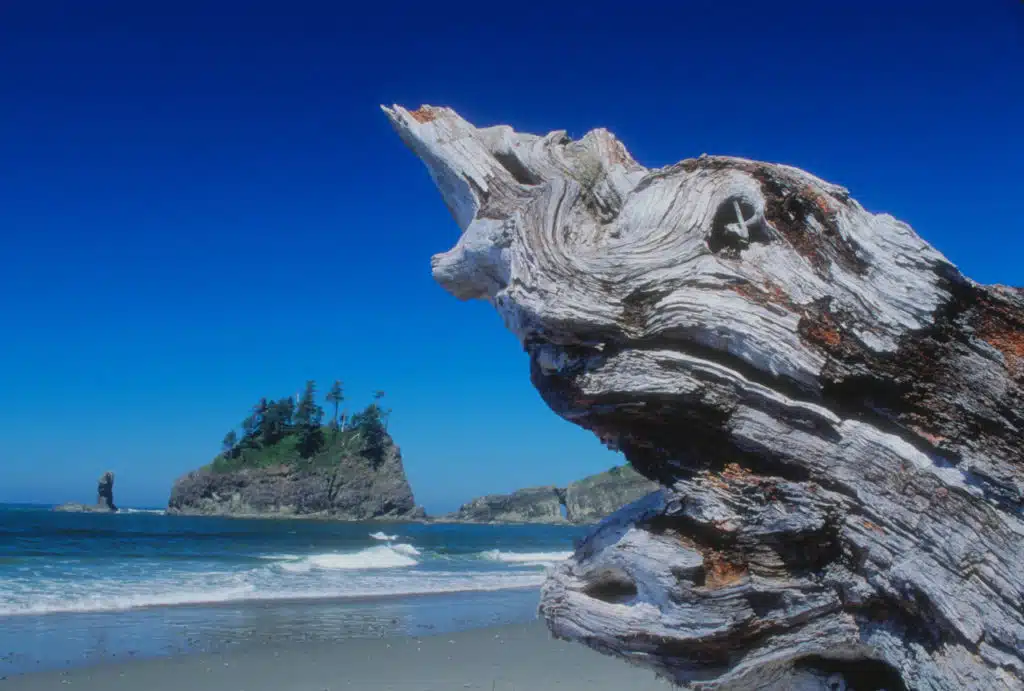Barely the size of a lentil, a charismatic sea creature may prove a barometer for climate and ocean health.
Liza Roger, of The University of Western Australia, has found that two species of tropical sea butterflies have suffered from thinning shells over the last 46 years, linked to increased carbon dioxide levels and ocean acidification and indicating a potential threat to the food chain that it supplies.
“Shell dissolution has been predicted in the future for polar sea butterflies but it’s already happening in the tropics. It’s not tomorrow; it is now,” says Liza, who did the research for her Honours.
“The building blocks of sea butterfly shells have become less available because of the increase of carbon dioxide being released into the atmosphere by global human activity,” she says.
Liza studied the shells of two sea butterfly species at seven different sites in tropical waters north-west and north-east of Australia, between 1963 and 2009. She discovered that the shells of both species had become progressively smaller, thinner and more porous.
“Their only protection against the environment and predators is falling apart. Even if their close cousins, the Sea Angels, have no shell, we don’t know if the sea butterflies can do the same and live without a shell,” Liza says.
“Sea Butterflies are an important part of the diet of tuna, salmon, mackerel but also seabirds, seals and whales. The impacts on marine mammals and fish-stocks could be critical worldwide,” she says.
Liza is extending this work for her PhD at the ARC Centre of Excellence for Coral Reef Studies in Perth.
WA State Finalist: Liza Roger, The University of Western Australia – ARC Centre of Excellence for Coral Reef Studies






 Fresh Science is on hold for 2022. We will be back in 2023.
Fresh Science is on hold for 2022. We will be back in 2023.